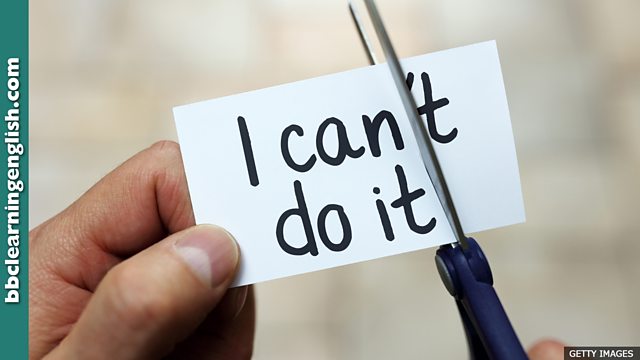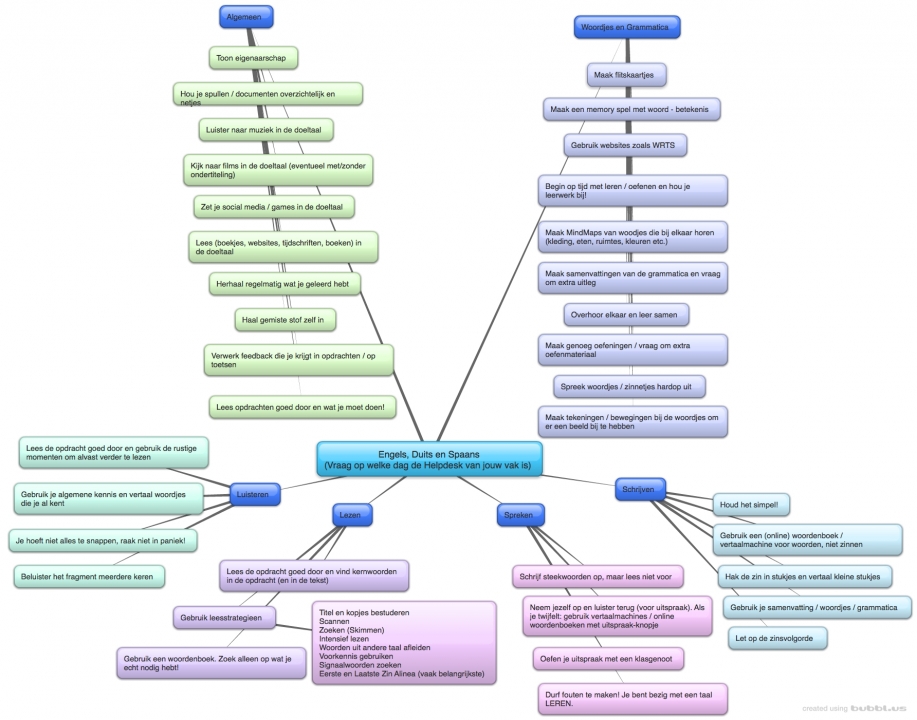Het arrangement Thema 3: Arbeid en Productie is gemaakt met Wikiwijs van Kennisnet. Wikiwijs is hét onderwijsplatform waar je leermiddelen zoekt, maakt en deelt.
- Auteur
- Laatst gewijzigd
- 2023-04-13 09:38:29
- Licentie
-
Dit lesmateriaal is gepubliceerd onder de Creative Commons Naamsvermelding-GelijkDelen 3.0 Nederland licentie. Dit houdt in dat je onder de voorwaarde van naamsvermelding en publicatie onder dezelfde licentie vrij bent om:
- het werk te delen - te kopiëren, te verspreiden en door te geven via elk medium of bestandsformaat
- het werk te bewerken - te remixen, te veranderen en afgeleide werken te maken
- voor alle doeleinden, inclusief commerciële doeleinden.
Meer informatie over de CC Naamsvermelding-GelijkDelen 3.0 Nederland licentie.
Aanvullende informatie over dit lesmateriaal
Van dit lesmateriaal is de volgende aanvullende informatie beschikbaar:
- Eindgebruiker
- leerling/student
- Moeilijkheidsgraad
- gemiddeld
Bronnen
| Bron | Type |
|---|---|
|
To be going to https://www.youtube.com/watch?v=UEYyAOy74vw&ab_channel=EngelsGemist |
Video |
|
Must Should Have To https://www.youtube.com/watch?v=vkRtMPSyrZU&ab_channel=EngelsGemist |
Video |
|
Bijvoeglijke naamwoorden en Bijwoorden https://www.youtube.com/watch?v=Yf0RaQFpaOc&ab_channel=EngelsGemist |
Video |
|
Much Many Little Few A Little A Few https://www.youtube.com/watch?v=23C0xflQeps&ab_channel=EngelsGemist |
Video |
|
Oliver Twist https://www.youtube.com/watch?v=hpgPaxoC7XU |
Video |
|
Hurricane Spin Scrubber https://www.youtube.com/watch?v=HZZpIXy4P_I |
Video |
|
Nutri Express https://www.youtube.com/watch?v=IMRvpALL-S8 |
Video |
|
Simply Fit Board https://www.youtube.com/watch?v=MMdqxDsNTKs |
Video |
|
Power Airfryer https://www.youtube.com/watch?v=nAUhodzkffE |
Video |
Gebruikte Wikiwijs Arrangementen
Sectie Engels. (z.d.).
Thema 2: Homo Universalis








